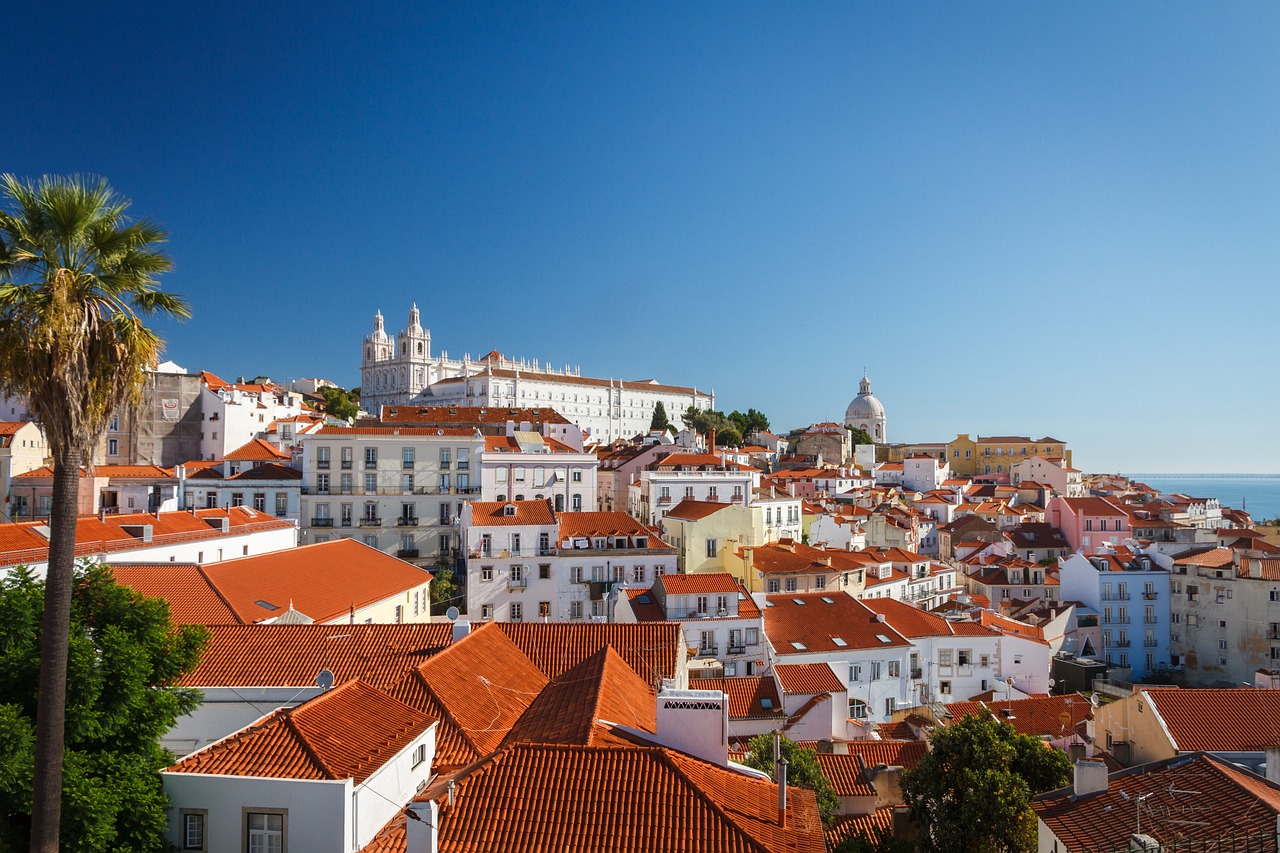Leaving the Algarve was like stepping off a wave before it fully fades—bittersweet, but necessary. The slow beach mornings, the unhurried tides… it had been easy, effortless. Lisbon? Not so much.
This city doesn’t wait for you to adjust. It drags you in, shakes you up, and spits you out onto cobbled streets where old trams screech up hills and life never really slows down.
I came for the waves. I stayed for the chaos.
Caparica: Lisbon’s Backyard Playground
Costa da Caparica is what happens when a city beach forgets it’s a city beach. A wild, endless stretch of sand and waves, just a short drive from the capital.
My first session? Mellow. The lineup was packed with locals skipping work, kids skipping school, and me—skipping the part where I pretend I have a real plan.
The waves were punchy, clean, just playful enough. Nothing groundbreaking, but sometimes you don’t need groundbreaking. Sometimes you just need water and movement.
Post-surf, I grabbed a plate of grilled sardines from a tiny beach shack, washed it down with a beer, and realized—Lisbon wasn’t just about the waves.
It was about how they fit into everything else.
Guincho: When the Ocean Has Other Ideas
Next stop? Guincho.
I’d heard the stories—offshore winds so strong they could rip your board from under you, waves that shift moods faster than a jealous ex.
The drive alone was worth it. Cliffs, dunes, and the Atlantic stretching out like it owned the whole damn world.
Stepping onto the sand, I felt it immediately. The ocean wasn’t playing today.
I paddled out, duck-diving into walls of freezing, spray-whipped water. The first set that came through? Big. Heavy. Unapologetic.
I took off late, dropped in fast, and then… gone. A wipeout so bad it should’ve come with a warning label. I tumbled, got dragged, resurfaced coughing, and still—all I wanted was to go again.
Because that’s the thing about waves like Guincho. They don’t love you back. But if you’re lucky, they let you try again.
The City That Never Lets You Sit Still
Lisbon isn’t a surf town in the way Ericeira is. There’s no lazy, wax-your-board-on-the-porch energy here. It’s fast, loud, unpredictable. The surf fits into the city, not the other way around.
One afternoon, I met up with João, an old friend from Peniche, who took me to Carcavelos, a break that sits just outside Lisbon’s rush hour traffic.
The waves weren’t big, but they had punch. The lineup was full of local groms, weekend warriors, and one guy who looked like he’d taken a wrong turn from his finance job.
We surfed until the light started fading, then grabbed coffees at a tiny spot where the owner knew João’s order before he even spoke.
That’s Lisbon. Fast. Familiar. Frenetic.
Leaving, But Not Really
Packing up my van the next morning, I should’ve felt ready to leave.
But Lisbon had gotten under my skin. Not just the waves, but the rhythm. The way the city pulls you in and keeps you moving.
I wasn’t done.
Not yet.
But Nazaré was calling.
The land of giants. The kind of waves that don’t care who you are or what you’ve surfed before.
I took one last look at Lisbon’s hills, its riverside glow, its relentless energy.
Then I hit the road. Next stop? The heaviest water I’ve ever seen.

